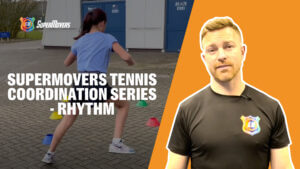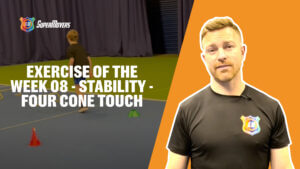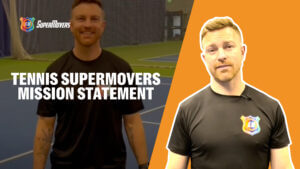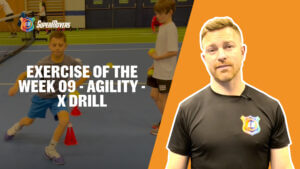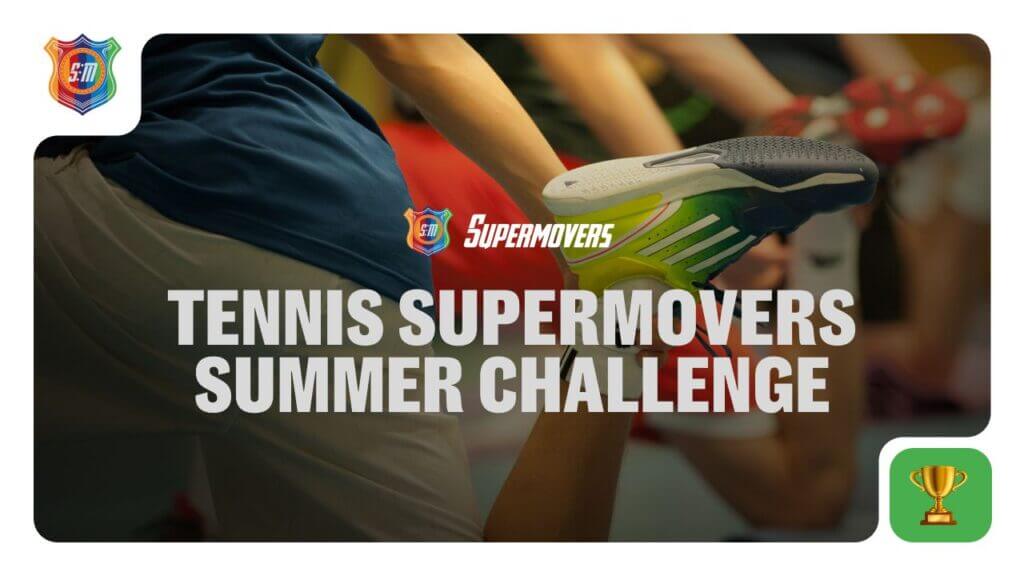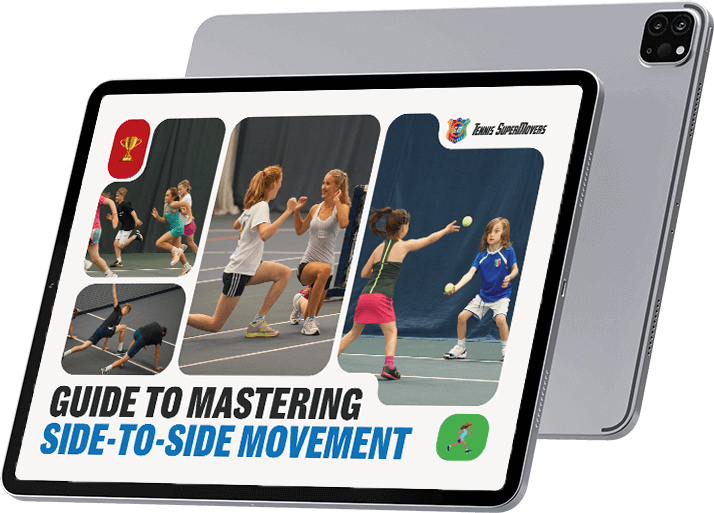Dealing with problem parents

Dealing with problem parents
I will start by saying that in my experience there are far fewer ‘problem parents’ than many coaches make out. In my opinion, if you are having any issues with parents, more often than not, it is down to two things:
1. Lack of, or poor, communication.
2. Lack of education.
These issues can be improved easily by taking ownership. We, as coaches, must take extreme ownership over any issues we have with our tennis parent and the players too – be that nutrition or tennis tactics. It is the coach’s responsibility to address these areas, it is our fault.
Let me give you a real-life example from my own academy. Each year in September we run a physical training block, in which there is an increased emphasis on the strength and conditioning (S&C) element over the tennis. For example, a normal squad would start with a 15min warm-up, then 1hr 45min tennis, into 60min of S&C. In September, this adjusts to 45min extended warm-up (to include more mobility, longer general warm-up, plus games and races), 1hr 15min tennis (the tennis content will also be a lighter in intensity), then 60min S&C. For more info, read this article.
In the past, we have had some confused/upset/angry parents when we’ve run the physical block, but when I have investigated the reason why, it was pretty simple; firstly, we hadn’t properly informed them that we would be doing it and secondly, and most importantly, why we were doing it! For those wondering, the reason why is because players have just completed a summer tournament season, so their time available to work on their fitness has been compromised, they are not in their normal routine where many of them will do at least 3-6 S&C sessions per week with a coach at the academy, plus the rigours of competing can lead to muscle tightness and minor niggles. See this article on how we help players maintain their speed while competing.
At Bolton Arena tennis academy where I’m the Head of S&C, we have an academy philosophy – OWN IT – which stands for:
Ownership
Work Ethic
No Excuses
Inner Determination
Team Work
This philosophy is upheld by both players and coaches, it drives our discussions, our planning of training, accountability of standards and evaluation of players. It was a collective task from players and coaches to create the philosophy and we have two huge banners with it on each side of the building. Additionally, we award two players ‘the player of the term’. The players who win this have shown exceptional OWN IT qualities in training and competition and their names are put on a board under the main banner (see below).
Ownership
To give you an insight into the elements of the philosophy, you can see below that big topic that is Ownership. First it is broken into 4 key components:
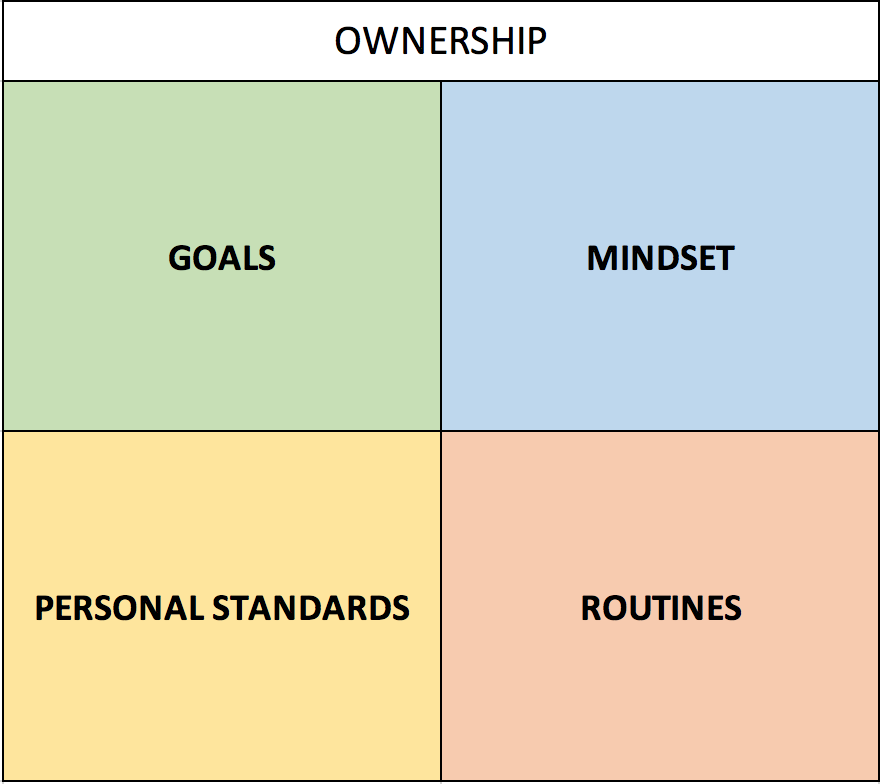
These 4 components are then broken down further in 4 elements that live within:

As you can see, there are many topics that a coach is responsible for educating their players and parents on. To cover the above will take many education workshops, many discussions in tennis squads and one-to-one sessions, consistency of sending the right messages, discipline to uphold them at all times, patience to try multiple ways of explaining, and creating opportunities to learn.
Prior to becoming a tennis S&C I spent 6 years as a Royal Marines Commando, serving in Iraq and Afghanistan. It was very important that we took ownership of ourselves and our part within the team. I recently read a book called ‘Extreme Ownership – how Navy Seals lead and win’ by Jocko Willink and Leif Babin, within which they introduce the concept of Extreme Ownership. They explain that ‘the leader must own everything in his/her own word. There is no one else to blame. The leader must acknowledge mistake and admit failures.”
In my opinion, we can easily substitute the word leader with coach, we are in a role in which we need to lead players to the correct behaviours and habits, whether that is in the gym or on the court. Take the example above from our Ownership Grid – Routines, if we have not ensured that players fully understand the importance of travelling with the correct equipment – such as enough spare rackets, a cap for sunny conditions, a long sleeve top for cold conditioning or band to warm up the shoulders –then we, the coaches, need to take responsibility if the player breaks all of their strings or loses the match because they could not serve properly as the sun was in their eyes.
I challenge you, whether you are a coach or parent, to think of a time where there has been a big disagreement. Ask yourselves is this something we have spoken about in advance?
Could you have spent a little extra time to explain where you were coming from and why? Would a short phone call early on have avoided a bad situation further down the road?
Would explaining your training methods and coaches philosophy make the parent understand why you coach the way you coach.
Challenge yourself, did you take ownership of the situation or outcome?
I would love to hear your thoughts on this blog, so feel free to send me an email to howard@tennissupermovers.com
Next take a look at: how to build a physical training block
Have a great week,
Howard.


